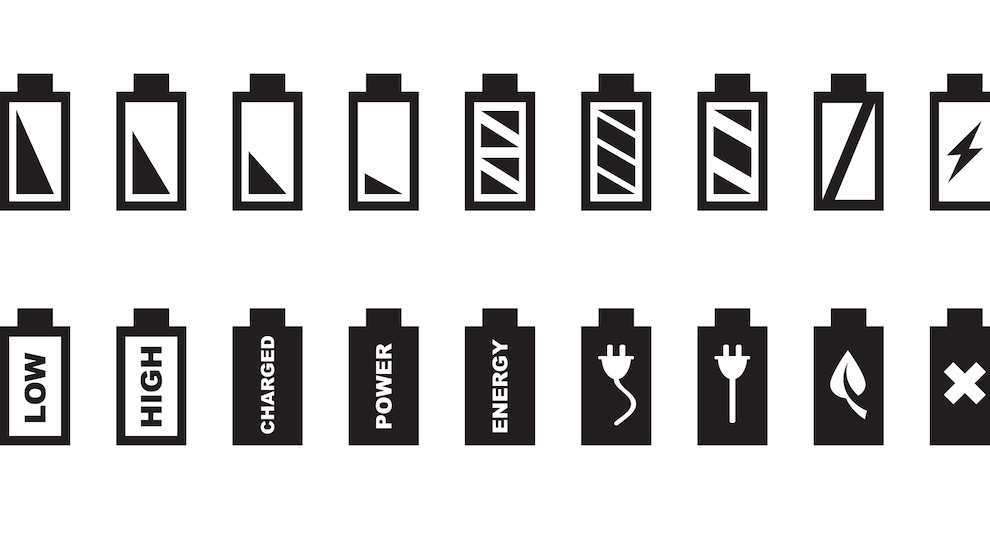
Regulation (EU) 2023/1542 concerning batteries and waste batteries will bring about significant changes in the European Union’s approach to battery sustainability, performance, safety, and waste management. The regulation came into force on 18 August 2023.
Scope and application
The regulation covers a wide range of batteries, including portable batteries, electric vehicle batteries, industrial batteries, and stationary battery energy storage systems. It sets out requirements for sustainability, performance, safety, labelling, marking, and information disclosure for batteries placed on the market or put into service within the EU.
New requirements
The regulation introduces several new requirements affecting various battery categories, including carbon footprint declarations, performance and durability standards, recycled content declarations, safety measures, and labelling requirements. Notably, there are specific provisions for the removability and replaceability of portable batteries, safety of stationary battery energy storage systems, and conformity assessment procedures for different battery types.
Timeline of implementation
2024:
- Performance and durability requirements documentation for EV, Industrial >2 kWh, and LMT batteries.
- Safety requirements compliance for stationary battery energy storage systems.
2025:
- Carbon footprint declaration for EV batteries.
- Batteries marked with the symbol for separate collection.
2026:
- Carbon footprint declaration for industrial batteries (excluding external storage).
- Carbon footprint performance class requirements for EV batteries.
2027:
- Carbon footprint performance class requirements for industrial batteries (excluding external storage).
- Batteries marked with a QR code linking to a battery passport or other information.
2028:
- Carbon footprint declaration for LMT batteries.
- Maximum life cycle carbon footprint for EV batteries.
- Documentation showing the percentage share of recycled/recovered materials for certain industrial batteries.
2029:
- Maximum life cycle carbon footprint for industrial batteries (excluding external storage).
2030:
- Carbon footprint declaration for industrial batteries with external storage.
- Carbon footprint performance class requirements for LMT batteries.
- 73% collection rates of portable batteries.
2031:
- Maximum life cycle carbon footprint for LMT batteries.
- Documentation showing the percentage share of recycled/recovered materials for certain industrial batteries.
- 61% collection target for waste batteries.
2032:
- Carbon footprint performance class requirements for industrial batteries with external storage.
- Maximum life cycle carbon footprint for industrial batteries with external storage.
- Documentation showing the percentage share of recycled/recovered materials for certain LMT batteries.
2036:
- Documentation showing the percentage share of recycled/recovered materials for certain industrial batteries.
As the EU embraces these new battery regulations, manufacturers, consumers, and stakeholders will need to stay informed and adapt to the evolving standards. The timeline for implementation provides a roadmap for compliance, ensuring a more sustainable and responsible approach to battery production and waste management within the European Union.









